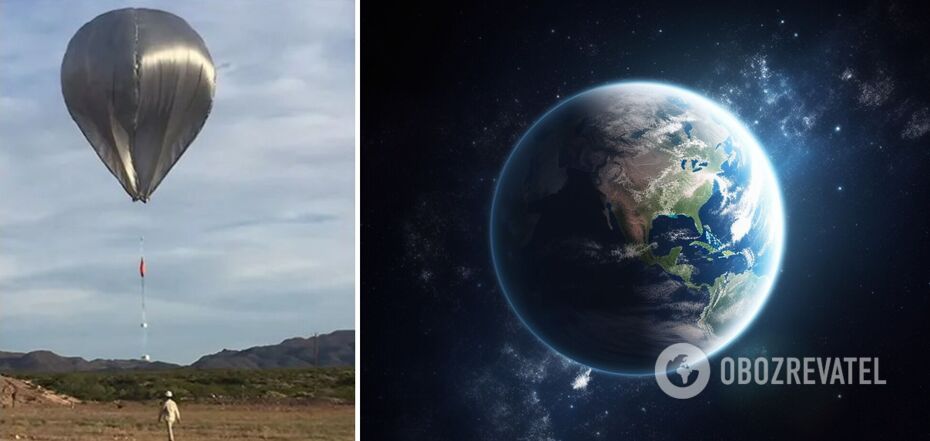Life
Mysterious ultralow-frequency noises hidden from humans detected in Earth's atmosphere
Balloons with sensors launched into the Earth's atmosphere at a height of more than 20 kilometers have picked up and recorded a series of mysterious noises, the origin of which could not be determined. Scientists speculate that this may be a new previously unexplored atmospheric phenomenon or something as trivial as a distorted echo of Earth activity.
Information about the discoveries has been made public on the website of the Acoustical Society of America.
Infrasound noise was recorded by special instruments more than 21 kilometers above the surface of the Earth. Infrasound is a very low-frequency noise that the human ear cannot detect.
Scientists who discovered the strange noise are sure that there is no simple explanation for it. There are many different low-frequency sounds in the Earth's atmosphere, both of industrial and natural origin: noise from cities, cars, trains, planes, thunder, ocean waves, rocket launches and much more. But the sounds detected have some other origin that scientists cannot unravel.
"There are mysterious infrasound signals that occur several times an hour during some flights (balloons. - Ed.), but their source is completely unknown," said Daniel Bowman, lead researcher and senior scientist at Sandia National Laboratory (USA).
The place where the strange sounds were detected is the stratosphere, which begins about 14.5 kilometers above the Earth's surface and extends upward to a height of about 50 kilometers. This layer of the Earth's atmosphere is filled with ozone, protecting the Earth and the people on it from ultraviolet radiation. The stratosphere, as scientists point out, is a calm place, with little turbulence, and most sound at this altitude comes from ultra-low-frequency reverberation from the Earth's surface.
Bowman and his colleagues investigate the sound landscape of the stratosphere using 7-meter-wide plastic balloons armed with various sensors.
Such spheres fly thanks to the Sun. The developers cover them inside with charcoal powder, which darkens, attracting the sun's rays. This interaction produces hot air inside the balloon, which allows it to fly and rise to a height of more than 20 km without auxiliary engines.
"Our balloons are essentially giant plastic bags with coal dust inside to make them dark. We make them using paint plastic from the construction store, packing tape, and charcoal powder from pyrotechnic stores," Bowman said.
During the seven years of research, the scientists have already conducted 50 balloon launches. Which would allow them to study the sounds that "live" in the Earth's atmosphere. Initially, their main task was to record sounds from volcanic eruptions, but in parallel, they studied other received sounds. To identify the sounds, the balloons are equipped with GPS sensors, allowing scientists to see where a particular sound was recorded and thus more accurately determine its origin.
It was during one of these flights that low, repetitive murmurs whose signals could not be traced were picked up. Scientists have several ideas as to what these mysterious sounds might be. Theories range from a previously unidentified form of atmospheric turbulence to an echo from below that has been distorted beyond recognition.
In the future, researchers intend to continue monitoring these sounds in hopes of being able to trace the original source of their signal. They also want to study how this strange sound will change at the same point depending on the time of year.
Earlier OBOZREVATEL also told that around the core in the center of the Earth were discovered mountains five times higher than Everest.
Subscribe to the channels of OBOZREVATEL in Telegram and Viber to keep up with the latest developments.




























